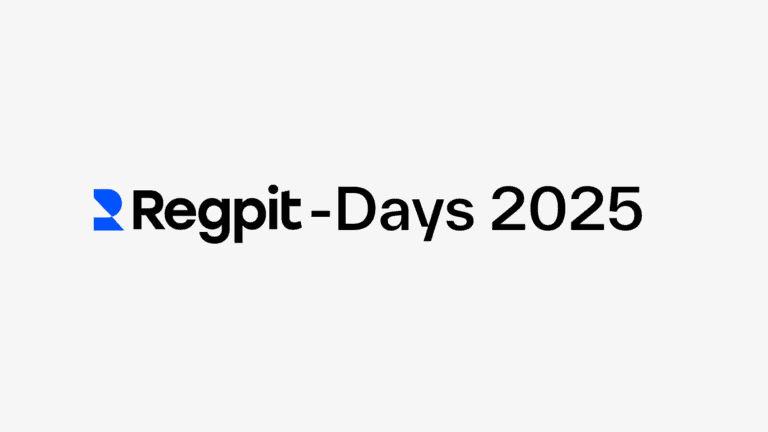Uniqueness of the Report
This is the most detailed study ever conducted by European law enforcement authorities on the most threatening criminal networks. EU Member States and Europol partner countries collaborated to compile a comprehensive dataset on the 821 most dangerous criminal networks, according to Europol.
Common Characteristics
The report reveals that the most dangerous criminal networks share four traits – they are agile, borderless, dominant, and destructive – which significantly increase their threat potential. Notably, 71% of these networks deliberately use corruption to facilitate and enhance their criminal operations (Europol 2024, Decoding the EU’s most threatening criminal networks, Publications Office of the European Union, Luxembourg, pp. 16 and 57).
Infiltration of the Economy
What makes these criminal networks particularly dangerous is their ability to exploit legitimate infrastructures of societies and companies to achieve criminal objectives. According to the report, 86% of the networks use legal corporate structures, particularly to launder illicit assets. Furthermore, 41% of the networks use real estate to launder illegal profits. Other laundering methods include investing in high-value goods like gold (27%) and using cash-intensive businesses such as hospitality (20%) (Europol 2024, p. 42). The report highlights that the relentless pursuit of profit in organised crime often makes money laundering a central activity, even though it primarily serves to support core businesses like drug trafficking (Europol 2024, p. 43).
Need for Expertise
The report also emphasises that specialised expertise is crucial for successful money laundering. As a result, criminal networks frequently rely on professionals such as financial or legal experts, whose technical knowledge is essential for supporting and optimising criminal operations (Europol 2024, p. 43).
According to Europol, these expert roles are deeply embedded in the networks’ structures, with 96% of criminal organisations handling the laundering of their illicit profits themselves (Europol 2024, p. 14). In many cases, part of the laundering process even takes place in the country where the money launderer resides.
Global Reach
A majority (68%) of criminal networks are active and present in both EU and non-EU countries. Outside the EU, these networks are most frequently active in Albania, Brazil, Colombia, Switzerland, Turkey, the United Arab Emirates, and the United Kingdom (Europol 2024, p. 44).
Scale of Money Laundering
Money laundering activities span over 80 countries. Most criminal networks (49%) prefer to launder money within the EU, while 32% do so both inside and outside the EU, and 19% operate exclusively outside the EU. With regard to legal corporate structures, the report shows that 70% of criminal networks exploit them within the EU (Europol 2024, p. 46).
You can find the full report on Europol’s official website.



